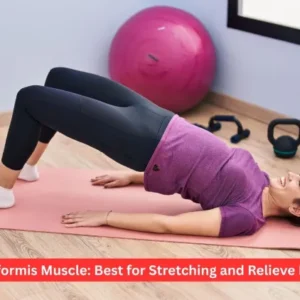Chest stretches enhance lower back and upper body mobility as well as posture. They relax tight muscles, open the ribcage to breathe the air easily and avoid the ordeals of imbalances caused by sitting or workouts. The frequent practice helps to reduce tension, pain and increase the overall well-being of the body through maintaining your body in an active, strong, and well-balanced state.
Learning the significance of Chest Stretches
The pectoralis major and pectoralis minor, which are referred to as the chest muscles, play a central role in almost all the upper body movements, including pushing and lifting objects and keeping oneself upright. The low posture, monotonous training or even emotional stress, like stress and anxiety, may make these muscles tight, leading to shallow breathing, or even tightness that one feels in the chest.
Tightness may cause discomfort and restrict breathing, as well as restrict the movement of the shoulders. It may also, in certain instances, resemble the ailments of other illnesses, including asthma or muscle tension. Periodic chest stretches are recognised to ease the muscles, increase blood circulation, and reduce pressure on the lungs and heart region.
Stretching will also help in muscle recuperation and assist in activities such as pushups, bench presses, and even yoga poses that are based on posture, e.g. the pigeon pose. Stretching the chest is as important as training the body to build up the chiselled body or ensure that the body is aligned with the body as a whole, as far as anyone who is aspiring to attain this is concerned.
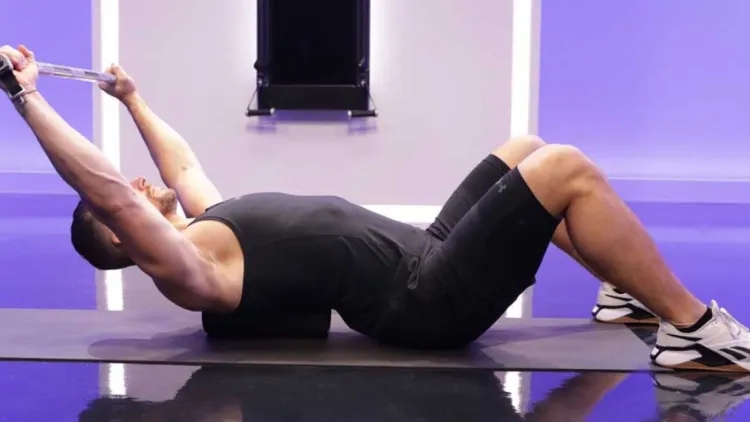
Benefits of Chest Stretches
Chest stretching not only helps in increasing flexibility but also has a holistic effect on your health and on performance.
- Improves Position and Alignment: Squeezed chest muscles bring the shoulders together, and it gives a hunched appearance. Stretching is the inverse of this, opening the chest and enhancing the alignment of the spine.
- Enhances Lung capacity and Breathing: With a relaxed chest, one gets to inhale deeper, which is good for people having breathing problems or conditions such as COPD.
- Reduces Stress and Anxiety: The shallow breathing, as well as tightness in the upper body, is mostly due to stress. Mild chest stretches aid in alleviating this tension, leading to relaxation.
- Helps to recover and avoid getting hurt: Stretching after chest exercises or pushups helps alleviate muscle soreness, lactic acid, and avoids overuse injury.
- Balances Upper-Body Muscles: The full extension of the chest and the enhancement of the back form a unity, which is necessary for performance and beauty.
- Increases Performance and Mobility: Flexible chest muscles enhance a range of motion to exercises such as bench press, diamond pushups and cable flys.
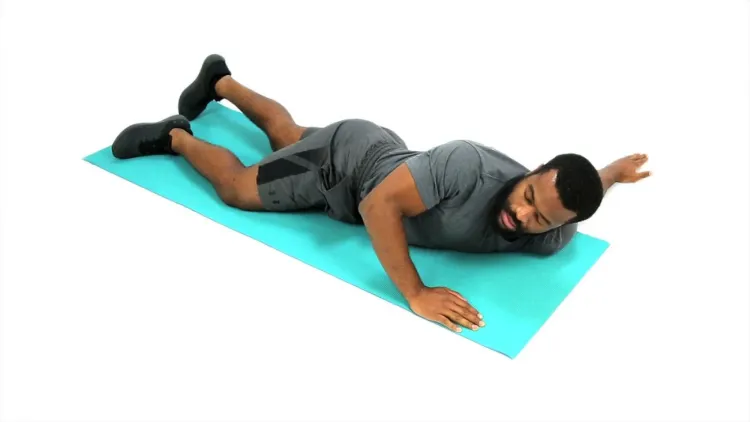
Best Chest Stretches to Try
The chest stretches underneath both focus on various muscle fibres and relieve tension. Make those part of your warm-up, cool-down, or daily warming up.
1. Doorway Chest Stretch
How to Do It:
- One should place their forearms and hands on the frame at the height of the shoulder in the doorway.
- Moving slowly, step forward, moving your chest through your hands until a light stretch is reached.
- Breath deeply and hold for 30 seconds, and release.
Why It Works:
It stretches the chest and shoulders, enhancing flexibility and assisting in the relief of muscle tension following sitting or training. This is highly useful to individuals who have rounded shoulders or archetypal stiffness caused by prolonged screen time.
2. Standing Chest Expansion Stretch
How to Do It:
- Aristra postura, pins feet hip wide.
- Bring your fingers to the back and bend your arms.
- Your arms should be raised slightly upwards with rolling your shoulders together.
- Hold for 20–40 seconds.
Why It Works:
It also lengthens the pectoral muscles and enhances awareness of the posture, eliminating tension which a tight chest makes or shallow breaths introduced by anxiety.
3. Wall Chest Stretch
How to Do It:
- You are standing close to the wall and straight out with your palm against your shoulder.
- This is to be done slowly as you turn your upside-down by the arm with the torso.
- Hold for 20–30 seconds per side.
Why It Works:
It separates the pectoralis major and front shoulder region, which makes it effective in relieving tightness which restricts movement or creates pain during exercise.
4. Stability Ball Breast Stretch
How to Do It:
- Seat yourself on one of the stability balls and step forward with your feet until the upper back is level on the stability ball.
- Wide open to the sides, arms open, palms up.
- Pause 30-60 seconds, breathing deep to the chest.
Why It Works:
This type of stretch is dynamic, whereby the spine is free to relax and the chest is naturally opened. It also enhances blood flow, assisting the body to get tightness that is associated with stress or fatigue.
5. Floor Chest Stretch (Lying Chest Opener)
How to Do It:
- Lie in the supine position, keeping the arms straight to the sides.
- With your body, roll slowly to a side till you get a stretch on the opposite chest.
- Hold for 30 seconds per side.
Why It Works:
It aims at deep chest fibres and assists in loosening stiffness; thus, breathing becomes easier and more natural.
6. Seated Chest Stretch
How to Do It:
- Sit in an upright position and cross your fingers at the back of your head.
- Inhale, pulling your elbows back and opening your chest.
- Hold for 20–30 seconds.
Why It Works:
A great tool in the office, it relieves the tightness in the back after a long sitting or the tension in the chest corresponding to the state of stress.
7. Corner Chest Stretch
How to Do It:
- With one hand on every wall, stand in the corner of a room.
- Bend forward with your body until you experience the stretch in the chest.
- Wait and do two times, each taking 30 seconds.
Why It Works:
It extends on the sides equally and aids in posture alignment through enhancing shoulder movement.
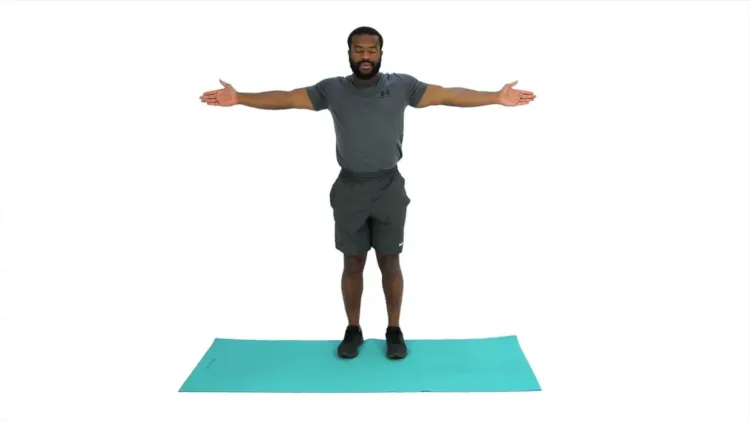
When are Chest Stretches to be Ready
Consistency is the key. Perform chest stretches:
- Post-work exercises: To enhance rest and alleviate tightness.
- Morning: To increase circulation and get ready to work daily.
- During the day: Usually when you are feeling afraid, nervous or are shallow breathing.
- Night: To aid in relaxing your muscles and relaxing your breathing.
- It will be safe and helpful to stretch 3 times a day in small portions. But pay attention to your body; overstretching can be accompanied by mild soreness.
The majority of professionals recommend the 3-5 times a week stretching of your chest to achieve a long time flexibility. In case you overwork your chest muscles (bench press or pushups), a usual stretching practice on rest days may help you avoid stiffness and improve performance.
Common Mistakes to Avoid
Strain or micro-tears can occur as a result of overstretching or bouncing. Never forcefully and never hold.
- Failure to warm up: Cold muscles easily get injured. Light stretches then deep ones.
- Taking a breath: It is important to take a deep breath to get rid of muscular and emotional tension.
- Little thought fun chest tightness: Long-term chest tightness may be a result of improper posture, anxiety, or respiratory disease – never overlook chest tightness when it is severe.
- Stretching something uneven: Symmetrise both sides to have a balanced and strong entity.
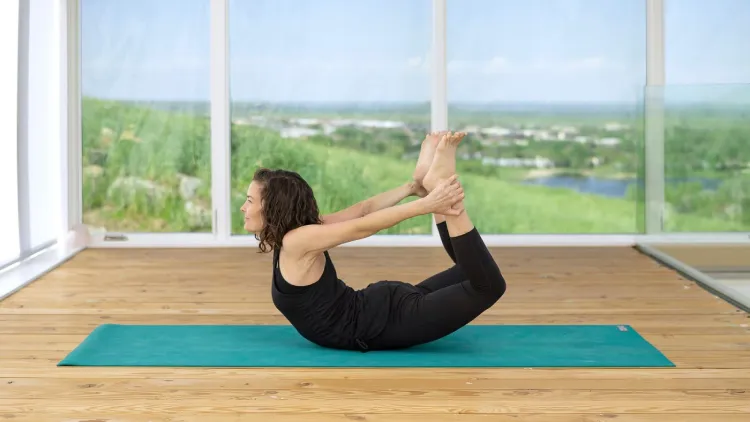
Complementary to Chest Stretches
Giving the upper body a chiselled look, a combination of chest stretching and strengthening exercises, such as diamond pushups, which stimulate the triceps and also the chest.
How a diamond pushup should be done: Place oneself into a plank and place hands together under the chest with thumbs and an index finger forming a diamond, slowly lower the chest, then push up.
Some of the most common lower chest errors include improper form or excessive weight-loading, and these may result in strain. To balance the training work on the chest, Superman holds on to your stomach with your arms and legs off the ground as an example of variety training.
Another notable addition to enhance the overall body mobility is the world’s greatest stretch; it is a dynamic move that combines lunges, twists, and reaches. The yoga postures, such as the pigeon pose, also contribute toward opening up the chest and hips, besides facilitating breath to be inhaled.
Controlling Shortness of Breath and Tightness of the Chest
A tight chest can result from overuse, poor posture, or emotional stress. Sometimes, conditions like asthma, COPD, or anxiety can contribute to chest tightness or difficulty breathing. A few chest stretches and breathing exercises should be undertaken to increase the size of the ribcage and alleviate the pain.
Circular motions or a foam roller applied to the chest region will also alleviate tightness. Breathlessness, dizziness, fatigue, or swelling Wu is the symptom to see a doctor; they can indicate that the heart and lungs have a disease, such as heart failure.
Some of the typical symptoms of difficulty in breathing are puffing of breath, wheezing, or chest tightness. Stretching can be applied to treat the tightness which is mild and never in place of medical care in case the problem is persistent.
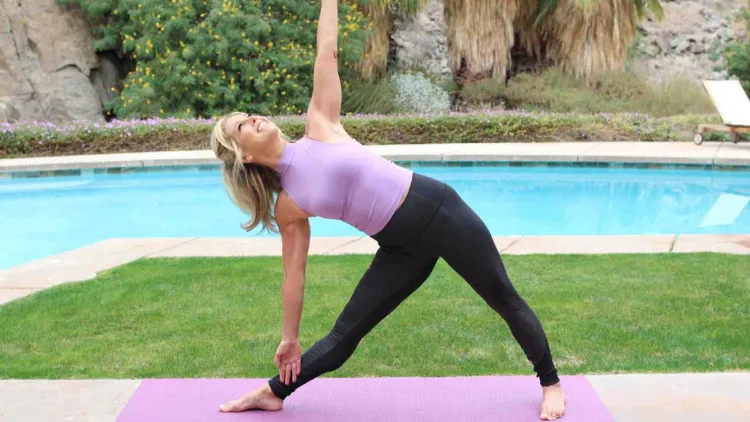
Conclusion
Chest stretches are an effective yet easy method of enhancing mobility, breathing, and posture without causing tightness and pain. Starting at the doorway, to openers of stability balls will aid in stretching the pectoral muscles, as well as increasing the upper-body operations and the reduction of the stress on the body as well as the mind.
You need to improve muscle work, get ready to come back to training, or just have a better breath—doing the stretches involving the chest regularly, perhaps 2–3 times a day, will make your health and posture change. Stretching plus balanced exercises, correct breathing, and conscious relaxation will have you in motion, breathing, and living much more easily daily.
Frequently Asked Questions
1. So, how many times would I do the chest stretches?
To make your muscles stretchable and enter into a better position, perform chest stretches 3-5 times a week, or light stretches up to three times a day.
2. Do chest stretches bring relief (tightness) of anxiety?
Yes, deep breathing and chest stretches may release tension in the muscles that are affected by stress or anxiety, triggering a relaxation process.
3. What are the exercises that work well with chest stretches?
Pushups or diamond pushups, superman holds, and yoga-like pigeon pose are beneficial when attempting balance and strength in the chest.
4. What if tightness doesn’t go away?
If chest tightness persists or affects breathing, seek medical advice. It may be linked to asthma, COPD, or heart-related issues.






